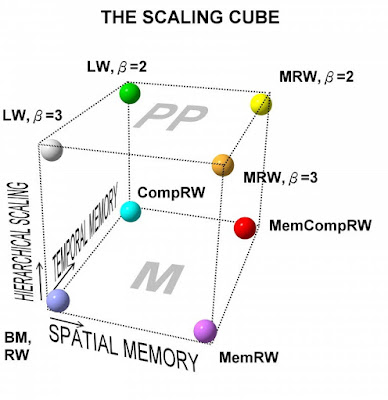The Beautiful Anatomy of a Home Range

In an upcoming paper I explore the intrinsic network topology of individual space use, under the premises of site fidelity and multi-scaled habitat use. In short – the process that leads to the emergence of a home range. The illustration below provides a glimpse into this inner structure of nodes (re-visited locations), their respective statistical weight (how often they have been re-visited) and how they are inter-connected. Inter-connectivity describes how some nodes are more closely linked (showing a higher frequency of inter-node commuting) than other nodes. Thus, the inter-node distance in these graphs are expressing the relative degree of connectivity, and not the actual spatial distance between the nodes. For example, two nodes that are close in topological terms – neighbour nodes in the graph to the left – may in fact happen to be distant in space. The most intriguing aspect of the two graphs above regards how the topology matures over time. In the early phase after...
